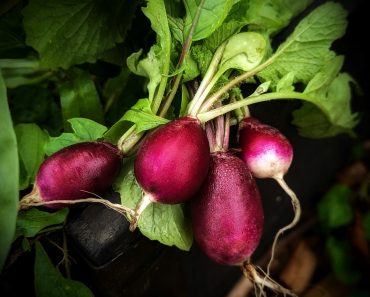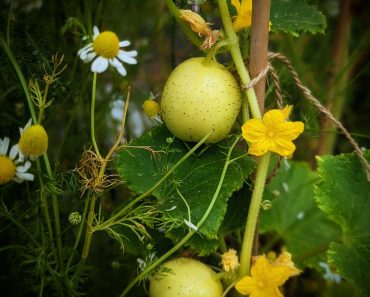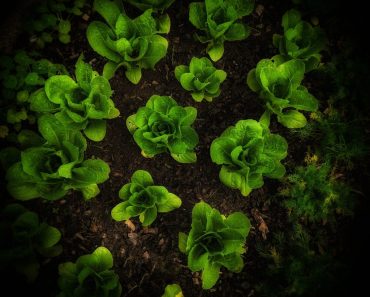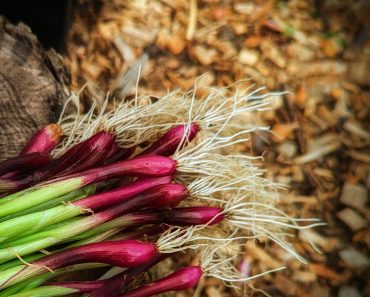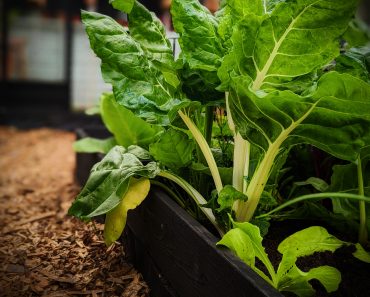How to grow peas at home- it couldn’t be easier or more rewarding! There is nothing like sowing, growing and harvesting your own peas! The flavour of freshly picked peas is incredible! so far removed from the store bought ones most of us are used to. There are a few very Good reasons for this, read on….
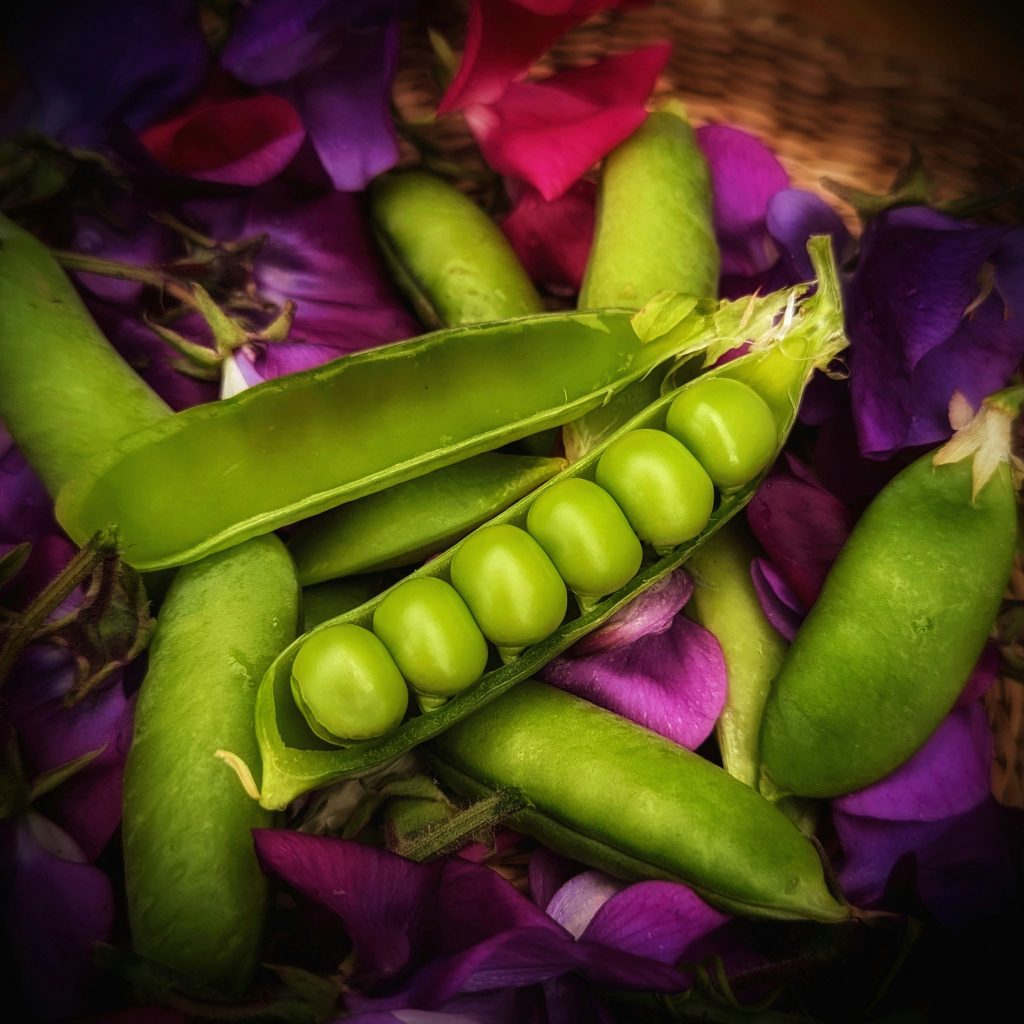
This post may contain Affiliate links please see my Disclosure policy
Why Homegrown Taste Better!
Here’s a little science for you! The peas you buy from the Supermarket, will have been harvested many days, or even months before. Tinned, Frozen or ‘Fresh’ have all inevitably gone through a production line and processing stage of some sort, way before they reach your plate.
The flavour of a homegrown, straight from the pod pea is unmatched because the moment a pod is opened, and a pea is picked, the sugars in the pea begin turning to starch, the longer the period between picking and eating- the starchier the peas become, so less tasty as the days pass!
I admit, very few of my peas make it home, I like to snack while I garden and homegrown peas are just too appetising to pass up!
What do Homegrown Peas taste like?
It is of course, much dependant on the variety you choose to grow, but universally a homegrown pea, straight from the pod, has a sweet tenderness that is absent from shop bought ( less starch more sugar).
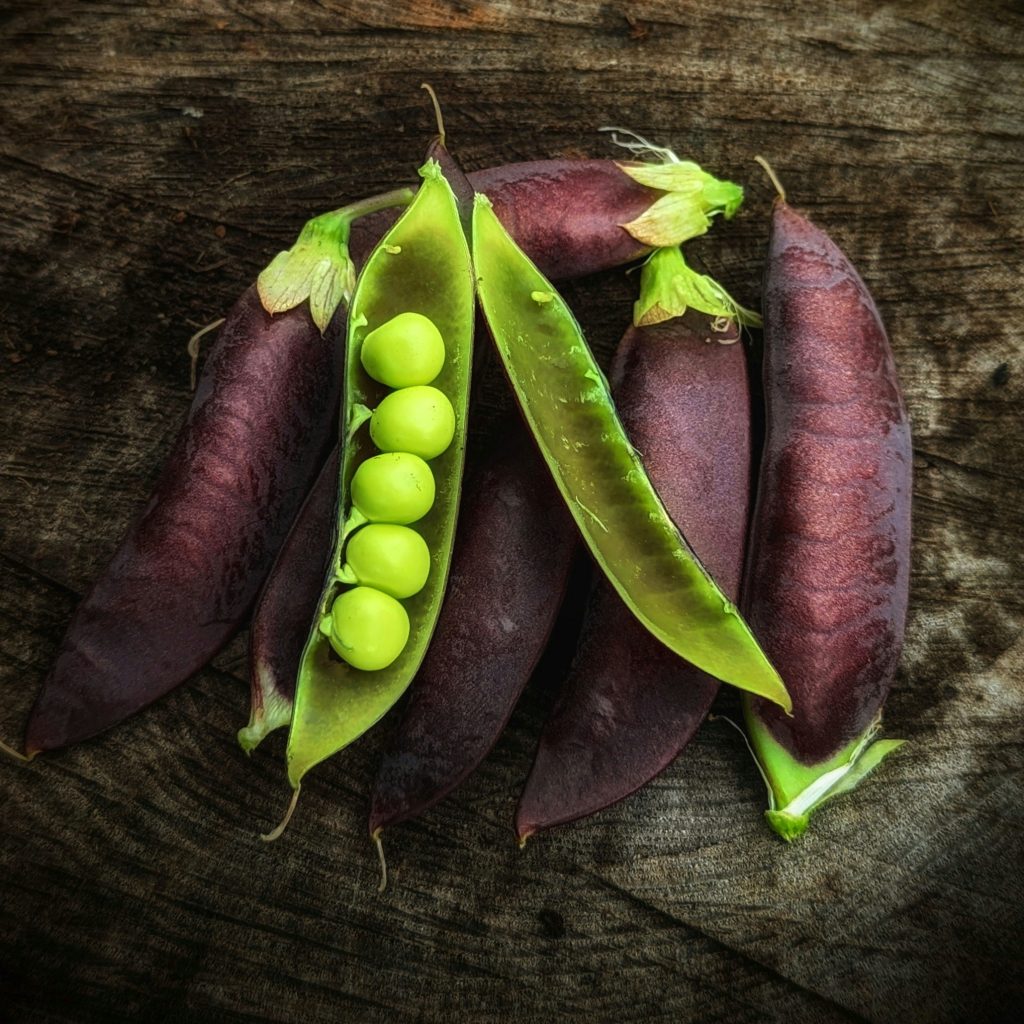
How to Sow Peas
The Basics
- Sow Pea seeds from Early Spring to Early Summer for a continuous Crop.
- Sow directly outdoors, or earlier indoors for a more reliable start
- Plant out in a sunny, well drained spot
The different Pea types
Affiliate links
- First Earlies Sow March to Early June. Harvest 11-13 weeks later (Example: Fetham first)
- Second Earlies Sow March-June. Harvest 14 weeks later (Example: Early Onward)
- Maincrop Sow March-June. Harvest 16 weeks later (Examples: Blauwschokker, ‘Rondo‘, ‘Boogie‘)
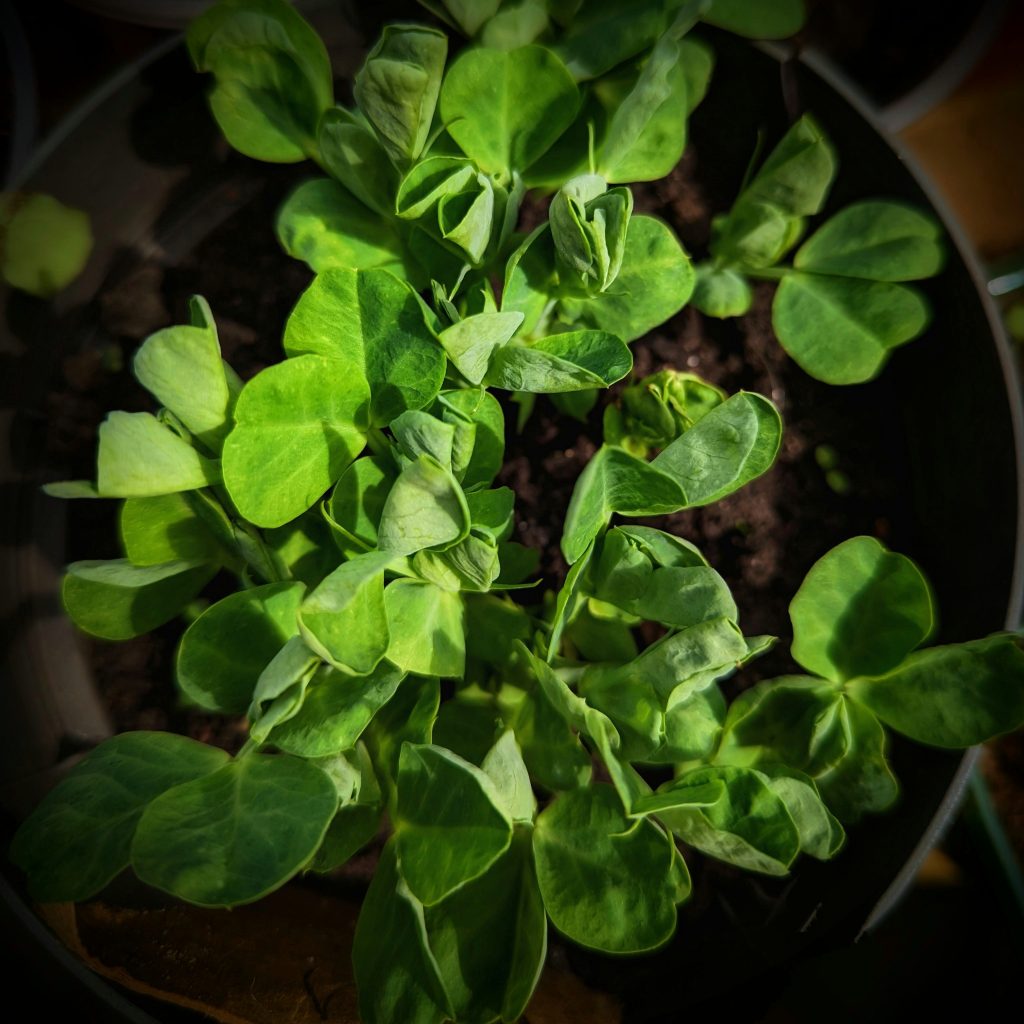
Where to Sow
Sowing Indoors My preferred method. Getting my Peas off to a good start on a Sunny Windowsill or in a greenhouse lessens the risk of mice helping themselves to my young seedlings. Sow 1-2 inches deep February- March in a large gutter pipe, or do like I do and sow in a large pot or tray, pricking out, and planting out when larger.
Sowing Outdoors Find a sunny spot. Don’t sow into cold wet earth, cover with a cloche or sheeting to warm the soil before sowing. Create a trench 2 inches deep, sow the seeds 3 inches apart, cover firmly with soil and water in.
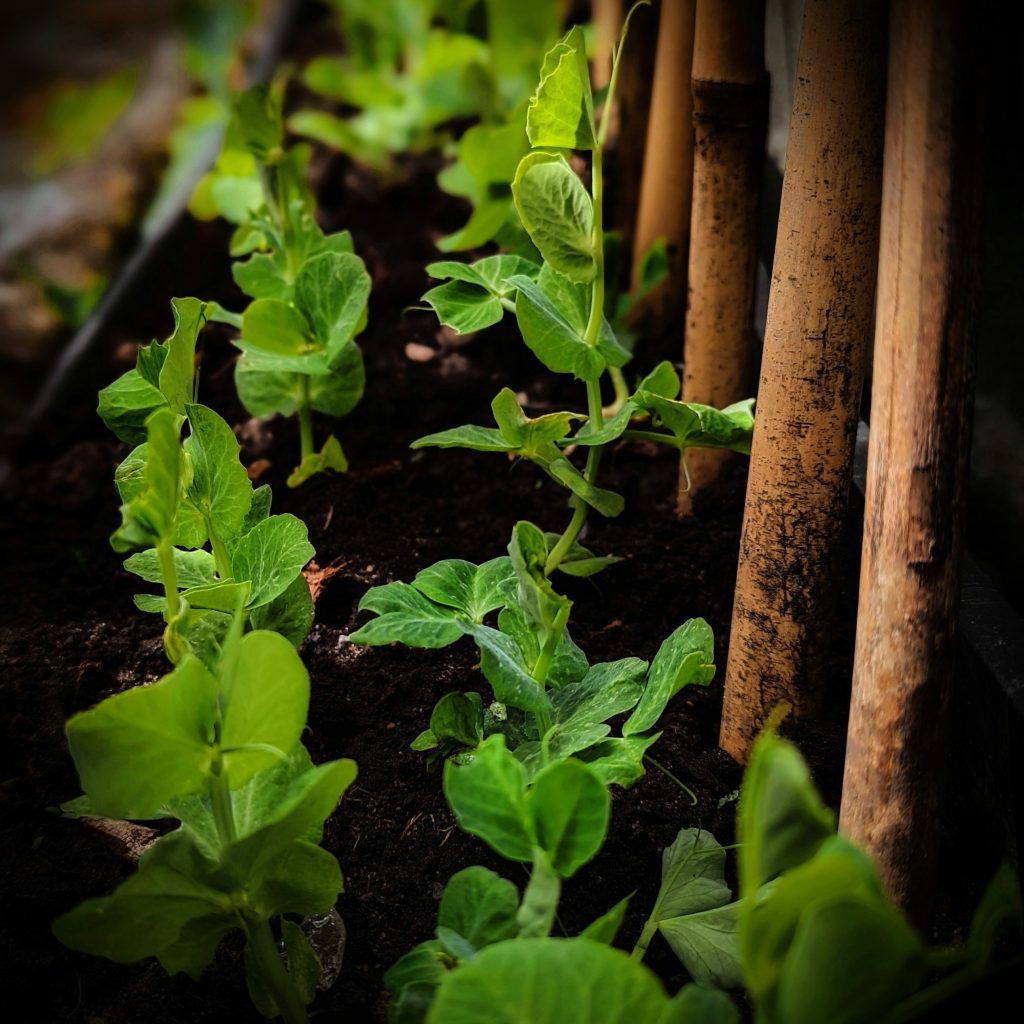
How to Grow
Peas require very little maintenance to yield a successful crop, but here are a few pointers to get you on your way….
- Don’t over water. Nature usually provides all a pea plant needs especially for Spring sown peas. In cooler temperatures peas only require around 1 inch of water per week…add some mulch around their base to retain moisture. In warmer temperatures, water evenly as required.
- To prevent disease, water only at the base of the plant
- Provide a frame for them to wrap around.
- Keep an eye out for aphids (mix a solution of water and dish soap and manually wipe away)
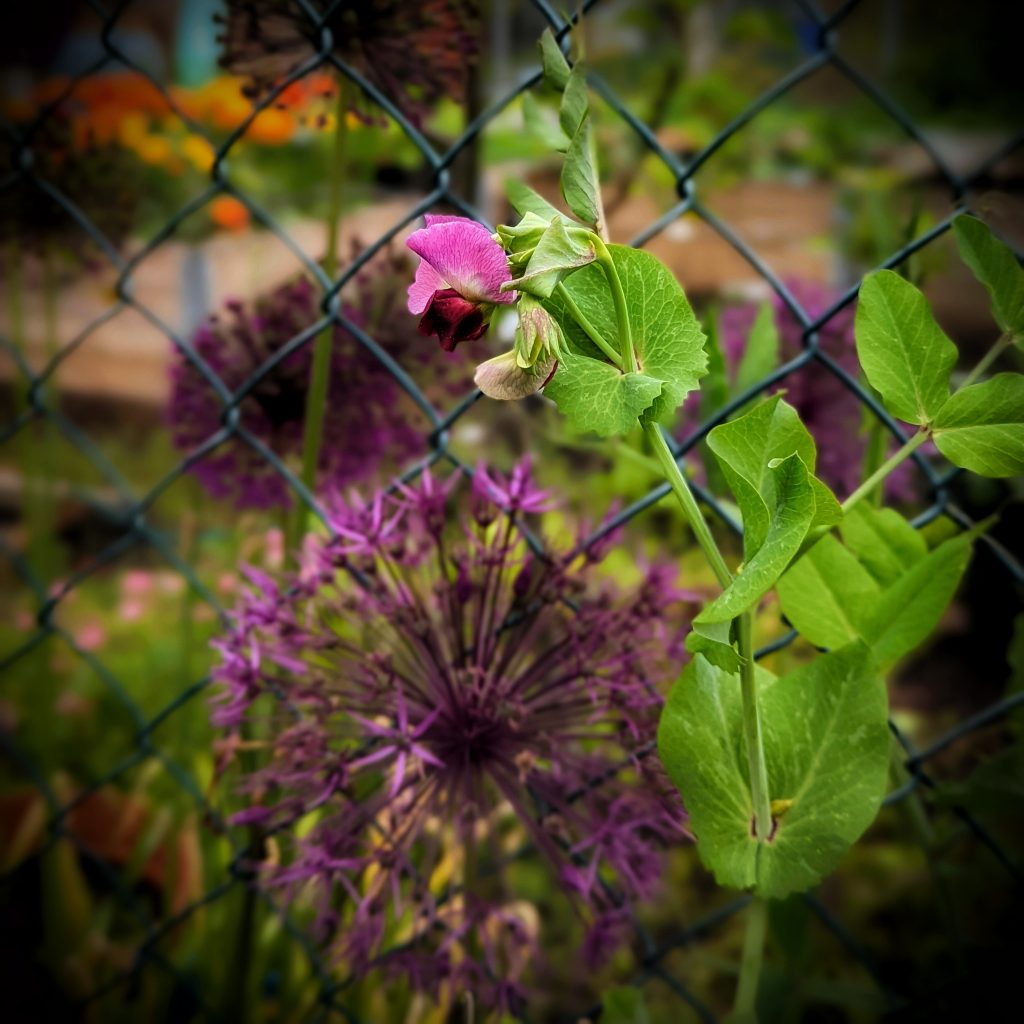
How to Harvest Peas
Keep an eye on the pods, Peas can mature quickly. Once the pods begin to flesh out with Peas, pick daily.
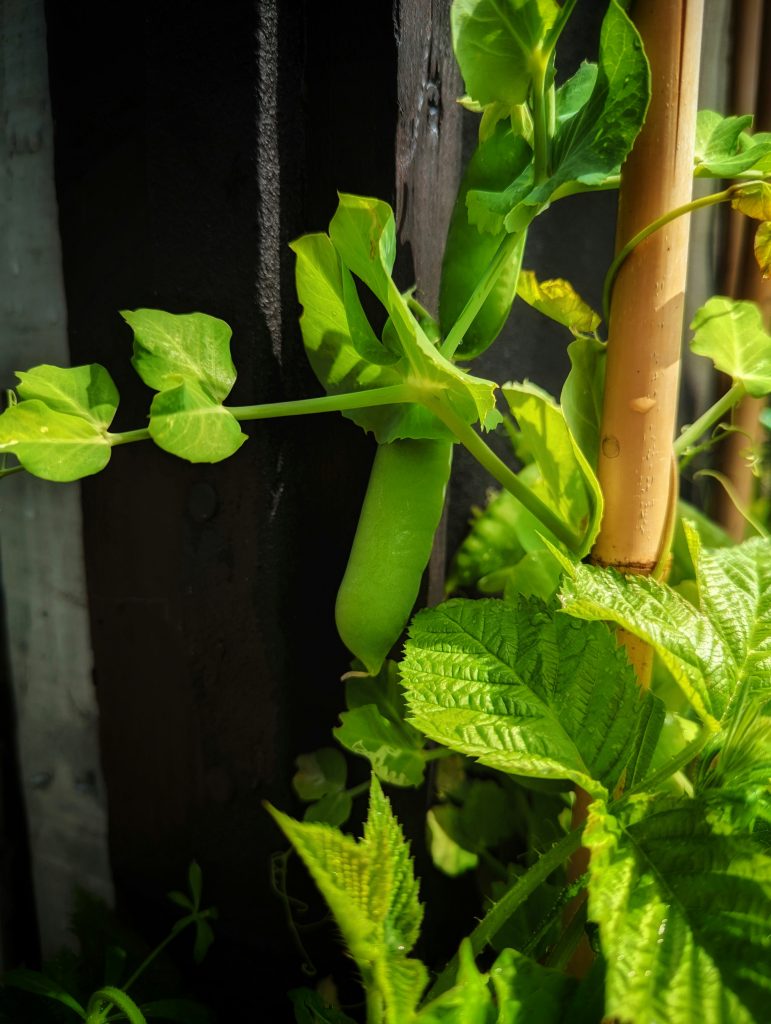
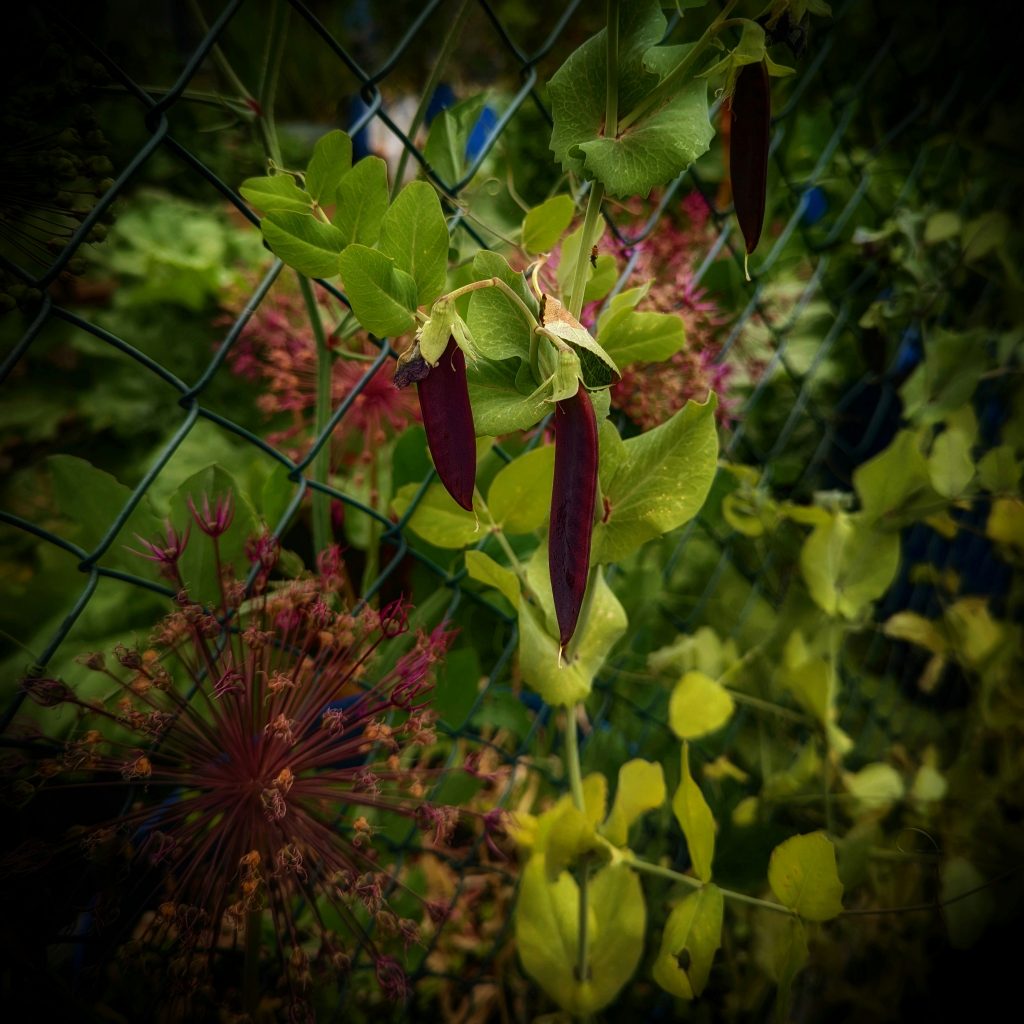
Want To Grow A Vegetable Garden?
Have a look at my DIY Greenhouse , DIY Potting shelter and Potting Shed and have a gander at these ‘How To’ Veggie Posts…
Looking For more ‘Homely’ Inspo ?
Have a Nosey Around the Blog! See what i’ve been Baking, Growing and Drinking! Also, pop over and say Hi on Instagram
*Any specific health claim or nutritional claims or information provided on the Website are for informational purposes only. Nothing on the Website is offered or intended to be a substitute for professional medical, health, or nutritional advice, diagnosis, or treatment. This Website is not intended to diagnose, treat, cure or prevent any disease. You assume full responsibility for consulting a qualified health professional regarding health conditions or concerns.

